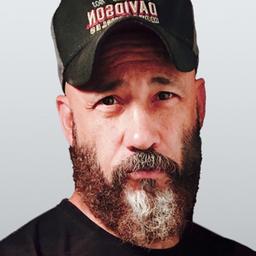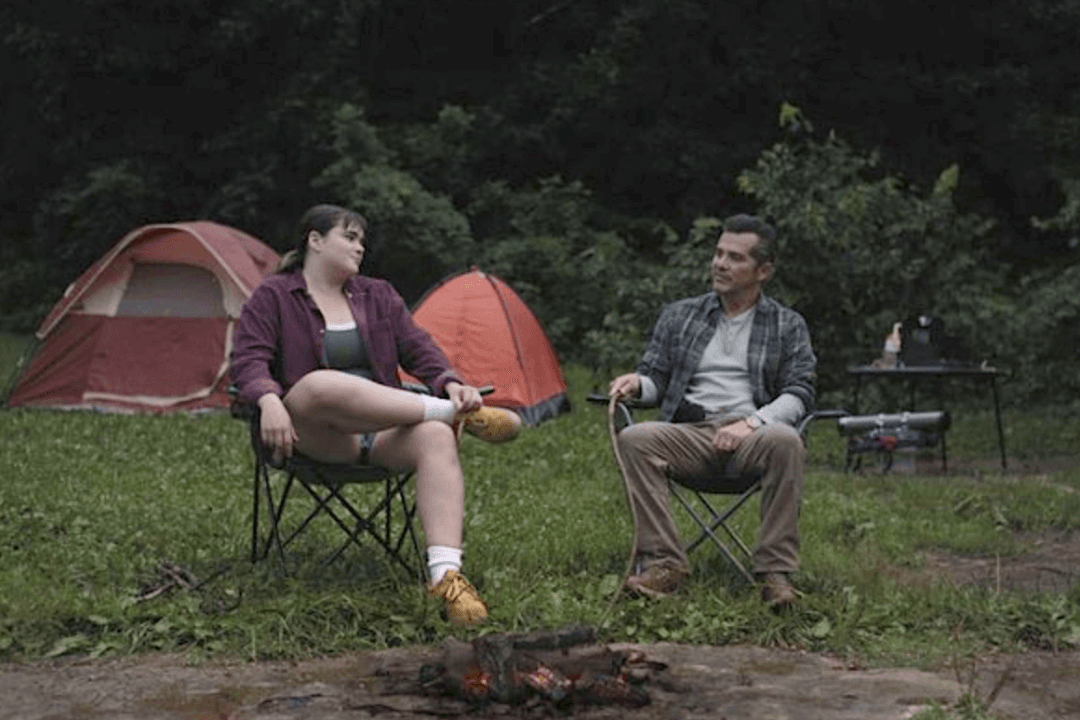I saw “Backdraft” when it came out in 1991. Loved it. Saw it three times. It felt very cutting-edge, especially all the eerie shots of rolling fire, which, unbeknownst to everyone at the time, director Ron Howard created by playing fire footage in reverse.

Billy Baldwin was a big star, Jennifer Jason Leigh was still riding a popularity wave as America’s sweetheart from “Fast Times at Ridgemont High,” Kurt Russell was in top form, Ron Howard was starting to surf a big wave as a director, and Robert De Niro had not yet quite become a caricature of himself. In 2021, I’m amazed at how dated it feels, considering that there’s nothing more perennial and ubiquitous than firemen.

So You Wanna Be a Fireman?

“Backdraft” is a coming-of-age drama about prodigal son Brian McCaffrey (William Baldwin) following in his dad’s and older brother Stephen’s (Kurt Russell) footsteps, and becoming a Chicago firefighter. Brother Stephen is the hero brother, but he’s also become so reckless that his long-suffering wife (Rebecca De Mornay) has given him the boot.

Woven throughout that narrative is another: an ongoing investigation by arson forensics expert (and former firefighter) Donald “Shadow” Rimgale (Robert De Niro).
Shadow’s on the trail of an arsonist who doubles as a serial killer, using fire as his weapon of choice. He’s murdering victims in the Chicago area by rigging rooms to produce deadly, explosive backdrafts, using the (fictitious) chemical substance trychtichlorate as a trigger. And you may ask yourself, “What is, in fact … a backdraft?
It’s important that firefighters learn to identify flashover and backdraft signs. A backdraft can occur when a room or building is closed up and heat can’t escape, but the fuel still smolders. After most of the oxygen has been used up, heat continues to build without generating flames.
A fire without sufficient oxygen tries to suck in oxygen in order to sustain itself; we will sometimes see smoke being drawn in, along with the air, under doors and windows. The windows will also show signs of excessive heat, likes brown stains and cracking. Less effective burning generates more carbon and soot in the form of very dark brown or black smoke, depending on the amount of oxygen it can draw in.
So, as firefighters, we look for these signs of high heat and incomplete combustion; evaluating smoke color and density. Opening a door and introducing oxygen into this situation will cause the heated fuel to detonate because of the force it generates within a tightly sealed environment; all of the superheated fuel ignites instantaneously. So, we try to avoid ventilating through horizontal openings, such as windows and door. Either can result in an explosive backdraft.
Anyway, Brian at one point allows himself to get discouraged, quits the fire department, and starts working for Shadow.Who Done It?
Brian’s big brother Stephen might be a suspect. At one point, Shadow and Brian go to visit Ronald Bartel (Donald Sutherland), a notorious pyromaniac who’s up for parole. Shadow makes sure Bartel stays safe in jail. He also wants to ply Bartel for clues.
Sutherland has tremendous fun playing this creep, a sort of firebug version of Hannibal Lecter of “The Silence of the Lambs,” who’s got a sly, sadistic sense of humor. He wants “quid pro quo": He’ll dole out tips and insights into the psychology of an arson killer in return for insights into the tortured soul of Brian, who was there when his famous firefighter father was killed by what appeared to be a backdraft. Ronald likes people’s pain. He wants to burn the whole world. He also delights in the fact that he was the one who gave Shadow his nickname, managing to set him on fire with phosphorus that burned so incandescently it burned up ex-firefighter Donald Rimgale’s shadow.

All in All
Other characters include Axe (Scott Glenn), a longtime fellow firefighter who was the best friend of Brian and Stephen’s dad; another rookie, played by Jason Gedrick; J.T. Walsh as a corrupt alderman; and Jennifer Jason Leigh as a high school flame of Brian’s, who now works for the alderman.
“Backdraft” goes on quite a bit about fire as a living, breathing entity (Bartel refers to it as ”The Beast") actually tipping over slightly into the horror genre with the scream-like sound effects that accompany backdrafts, and also the creepy warning signs of smoke that emerges from under doors and sucking back out of sight, octopus-like. The many fire scenes are spectacular. “Backdraft” was a fun thrill ride of its time; smoking-hot, old-school Hollywood entertainment at its best.







